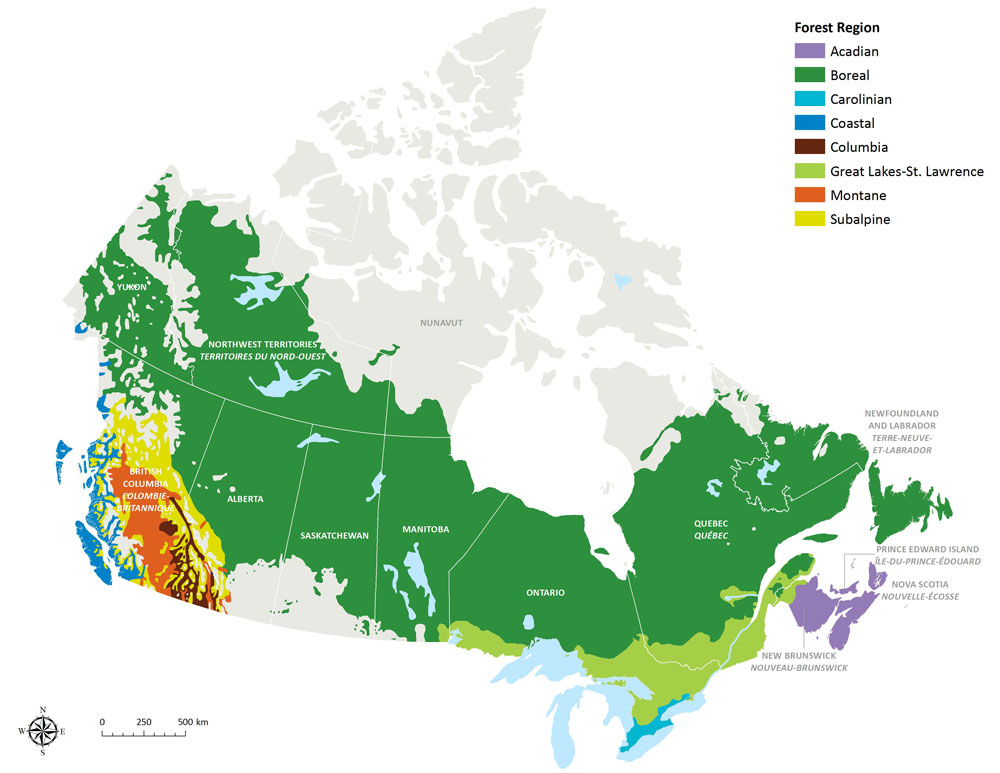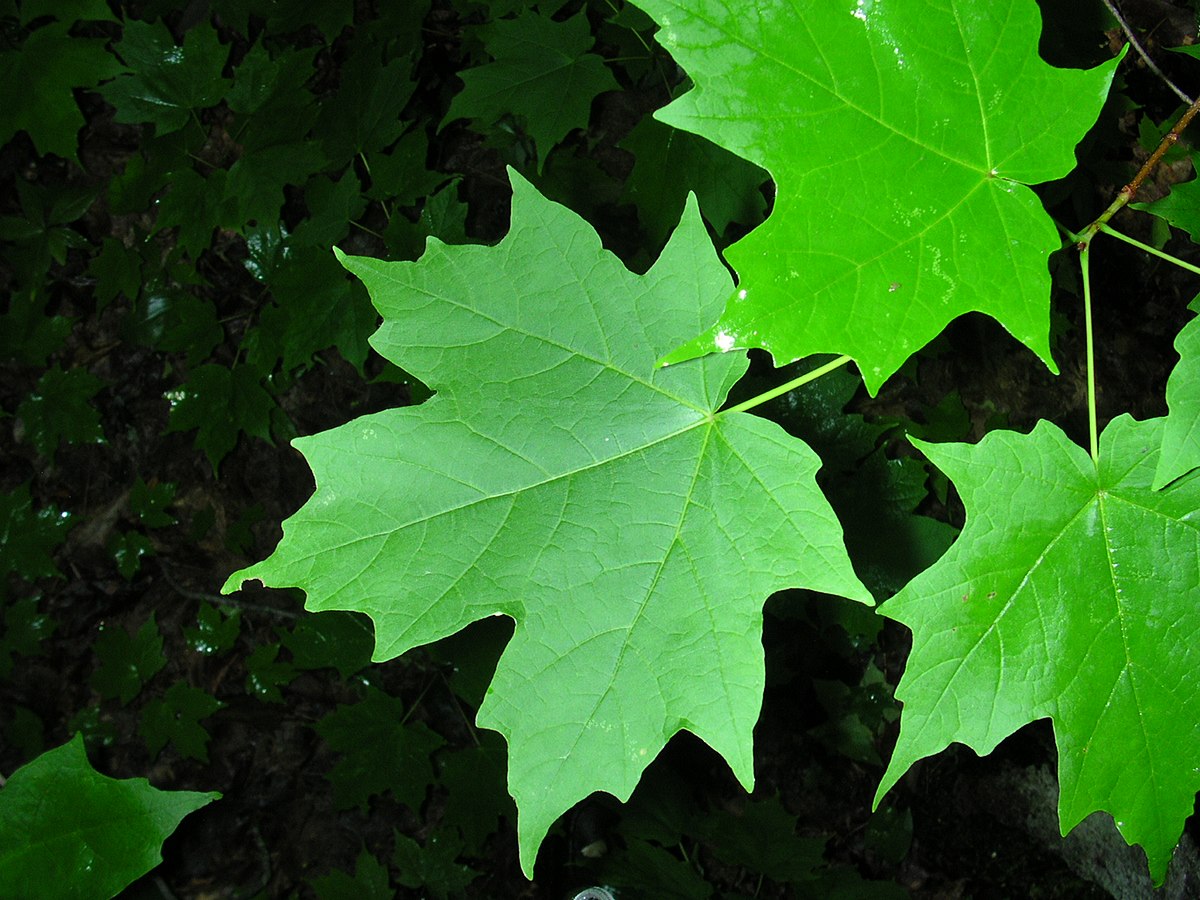Northern Light
Superstar
This comment in a development thread piqued my interest.
Given that trees are still migrating northward after the last ice age (a process likely to accelerate with climate change) is it such a concern that Kentucky Coffee-trees (already native to southern Ontario) are planted in the Toronto area?
What are the ecological pros/cons for anthropogenic acceleration of the northward migration of tree species?
The concerns are a few, in terms of man-induced/accelerated migration.
1) Practicality, shifting a tree northward to address a climate that does not yet exist means the tree has natural limits on it here, in theory. This is important, insofar as it is true; because
the argument in favour of the shift is to be ready for a day when some native to Toronto trees can no longer reproduce here due to a warming climate. But you're planting trees that won't reproduce here, in numbers
because the climate isn't yet that warm.
2) Invasiveness* Right now Kentucky Coffee Tree is not listed as invasive, though I have in fact seen it reproducing/colonizing in natural areas where it was not planted. At this point, I would not describe that as 'invasive'.
However, should the climate tilt slightly in their favour as a species, it may quickly become so.
So? The argument goes, that if that happens it does because Kentucky Coffee Tree was going to be native here one day anyway. Right, maybe; but what if KFT starts reproducing aggressively at the expensive of natives that should have been fine with climate change? What if it begins to displace natives that should have migrated north, but have not yet (naturally), because Forestry departments in Barrie or Muskoka aren't doing the same thing as Toronto and intentionally shifting species north?
3) Climate change models actually don't indicate any broad-based risk to the native species of Toronto because we are at the northern edge of the Carolinian Zone and the southern extreme of the Boreal.
The species that may be adversely affected in Toronto are relatively few (White Spruce, White Birch, and some other Boreal species). These make up a very small portion of Toronto's tree canopy.
The bulk of our native trees, Sugar Maple, Red Oak, White Oak, Beech etc. are all native well to the south of Toronto, and even Ontario. Red Oak grows as far south as North Carolina. Sugar Maple as far south as central Pennsylvania.
It is unlikely these species, on their own, would be displaced en masse by more southerly species.
4) We're jumping the order based on ease of planting and availability in the nursery trade, not on those species that would make it to Toronto first.
Trees I would expect to see shift north to Toronto first would be those currently native to Niagara Region.
In particular, Sycamore (also native to Toronto, barely)
Range map:
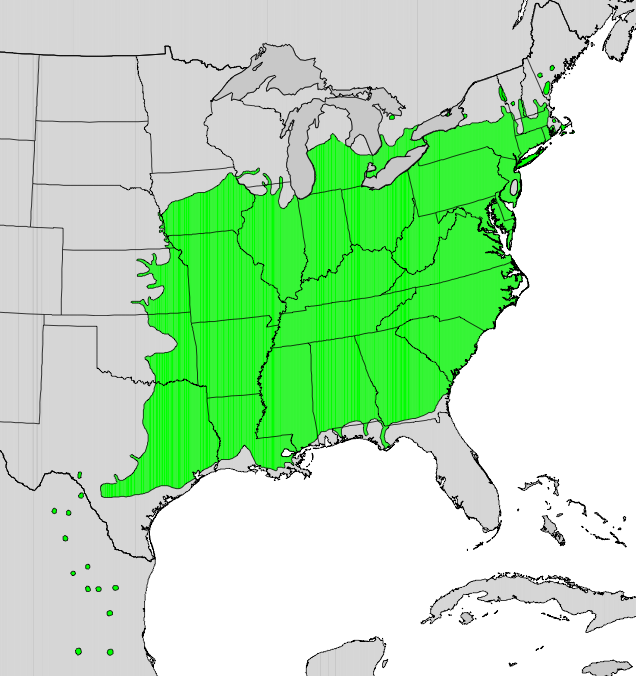
from Wikipedia
PawPaw Tree would probably be next on my list:
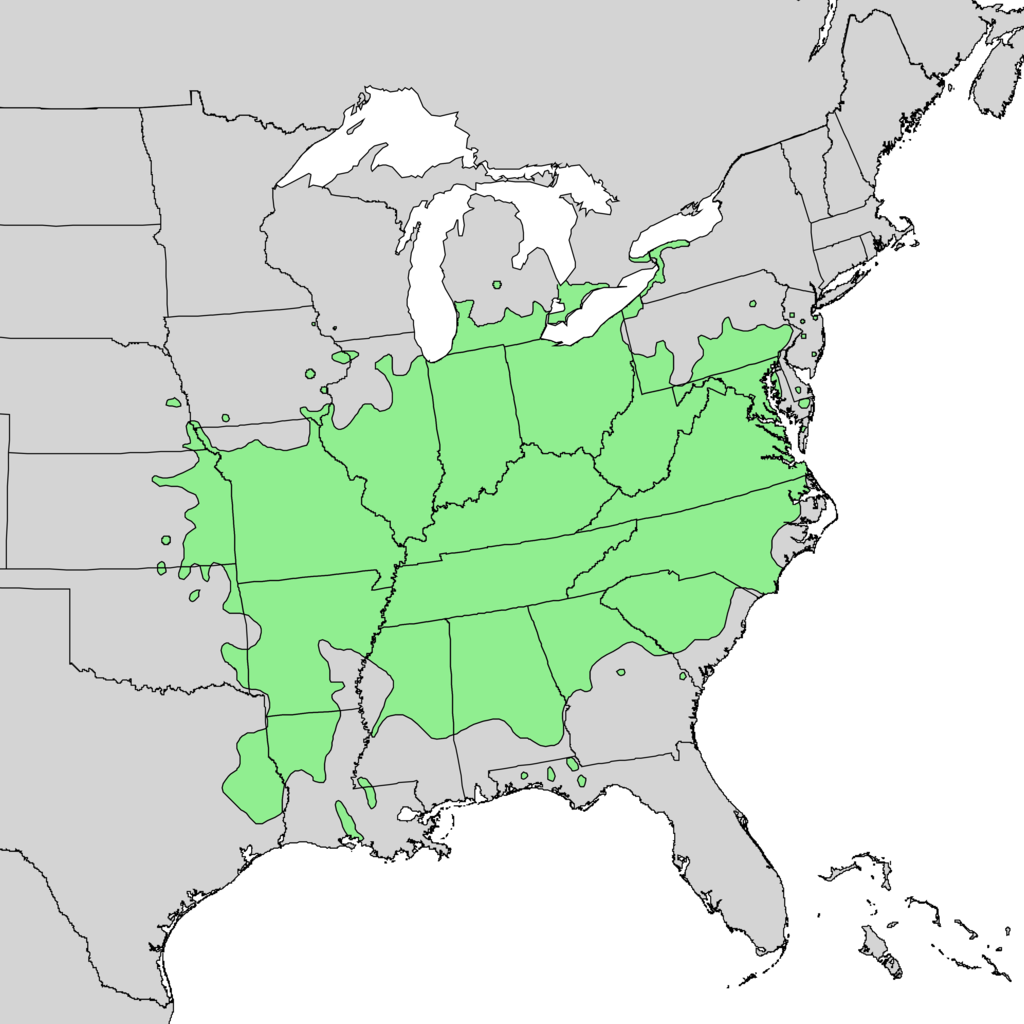
From Wikipedia
Compare those maps above with Kentucky Coffee Tree which has no native presence in Niagara:
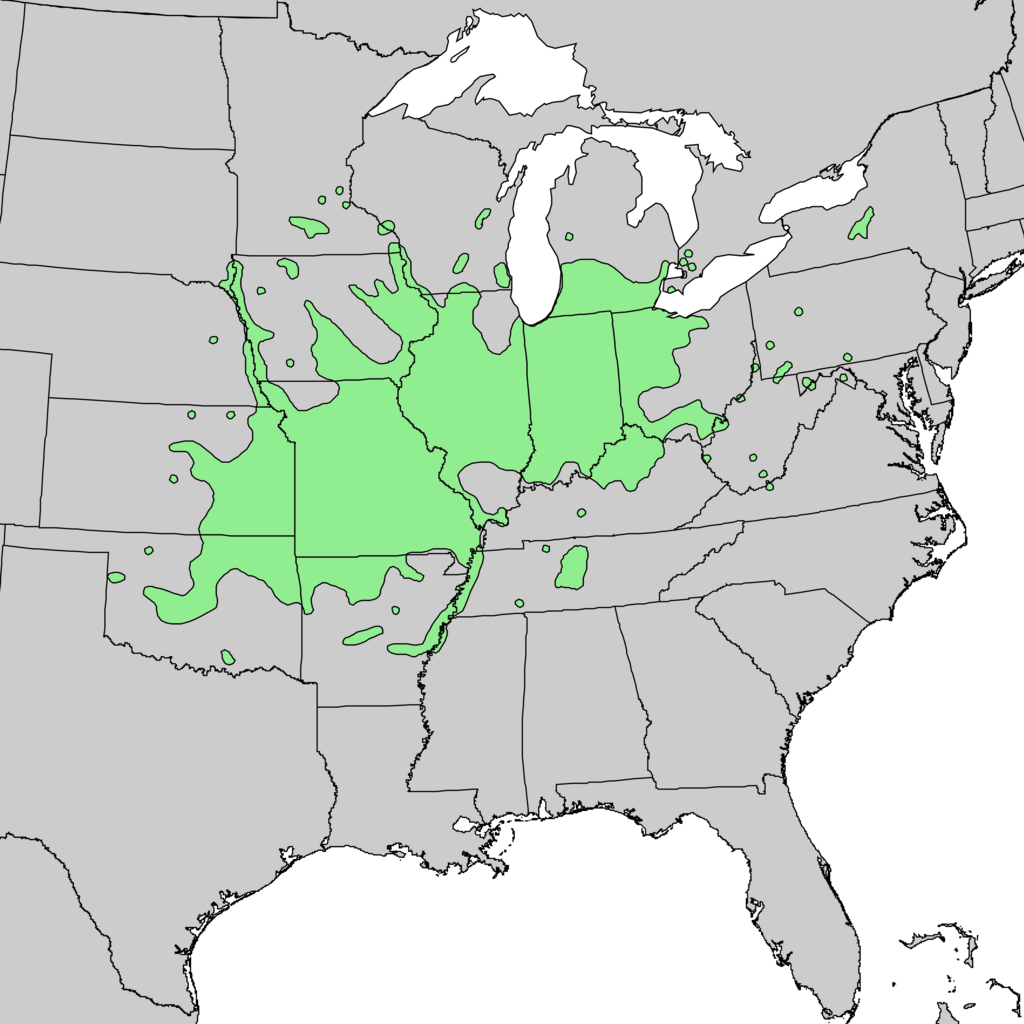
from Wikipedia
Sycamore can be quite nice has a peeling bark similar to London Plane (they're related); except one grows in Toronto and the other does not! But its harder to source!
Instead we get Kentucky Coffee tree, and worse, Yellow Buckeye and Northern Catalpa (absurd, and moderately invasive)
There are many other, more logical choices:
American Chestnut just barely makes it here:

From: https://acf.org/the-american-chestnut/native-range-map/
****
But in the end, I'd really like to see a focus on what grows here now; though we can logically plant a minimum of Boreal trees in light of the projected future.
Not only is that more practical and for lack of a better term, fairer to existing native plants............
But its also easier for people to follow a straight-line rule (Plant Native); than it is to carve out selected exceptions; which, for the most part, haven't been based on science.
****
One last note, every time we move plant species around at any scale...........
We generally, without intending to do so, move the pests that go with them; which can cause devastation.
The risk is that we may move a species that can/will eat/prey on our native plants; but which may have no natural predator or limitation here.





